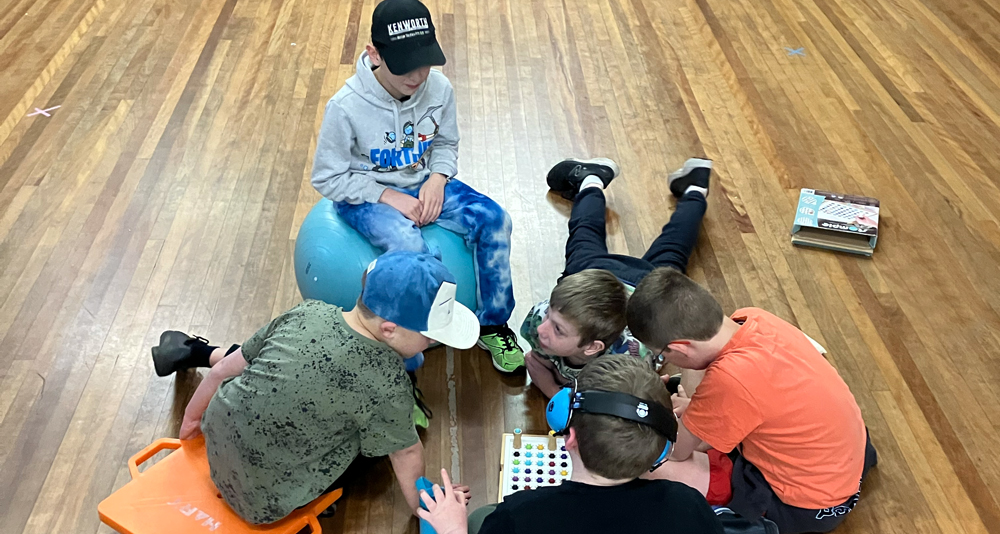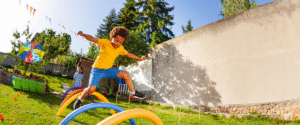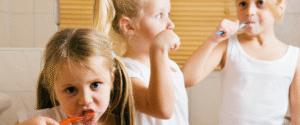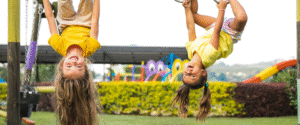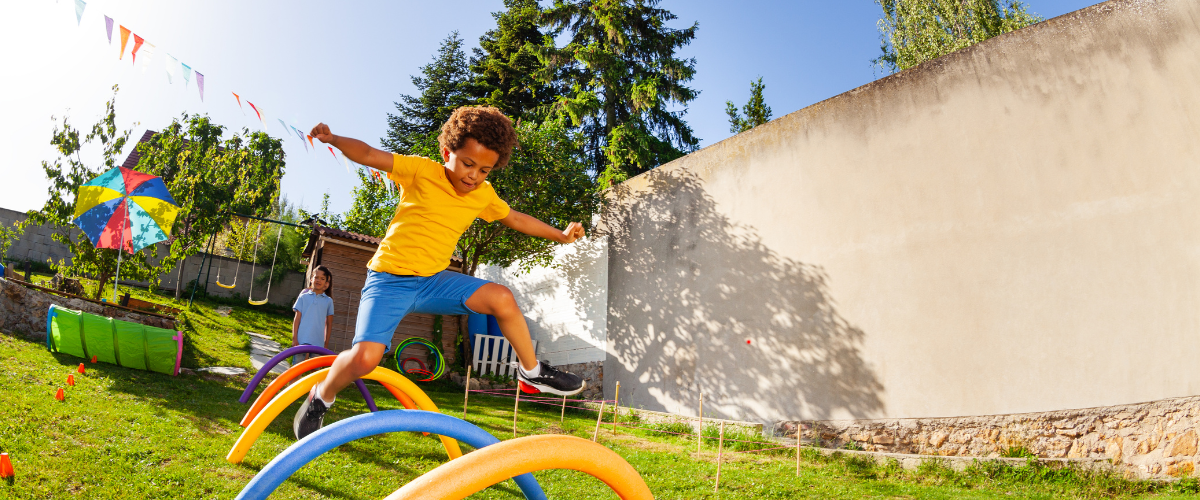
BALANCED BODIES FOR CONNECTED COMMUNITIES – HOW VESTIBULAR PROCESSING SHAPES CHILDREN’S WELLBEING
Movement is one of our first languages. From the moment a baby rocks in the womb, their brain is starting to build an internal map of movement, balance and space. Long before a child speaks their first words or takes their first steps, their vestibular system is already hard at work, helping them feel grounded in their body, connected to the world and safe in their surroundings.
The vestibular system is a powerhouse. It influences the way children move, learn and relate to others. When the vestibular system is working well, it’s like the body’s compass, helping children stay steady, focused and confident in everyday life. But when it’s struggling to process information efficiently, it can quietly affect everything from posture and play to emotions and friendships.
Why The Vestibular System Matters
The vestibular system lives in the inner ear and helps the brain understand where the body is in space. It’s responsible for detecting motion, gravity, and changes in head position. This information forms the foundation for:
- Building core muscle tone and balance to sit, stand and walk.
- Developing bilateral coordination to dress, write, and play.
- Navigating space to judge distances, move through the environment and engage with others.
- Managing arousal and emotion through co-regulation and regulation – how calm, alert, or connected a child feels throughout the day.
These are not just motor skills but they’re building blocks for identity. As children gain more control over their movement, they begin to develop a stronger sense of self and confidence in their abilities.
What We Notice When Vestibular Processing Is Off Track
We have supported children who seem constantly in motion, always jumping, spinning, crashing, because their nervous systems are craving movement to feel stable. Others avoid swings, slides or climbing equipment because their vestibular system isn’t sending clear messages of safety. Some struggle to sit upright at a table, slouching or lying down because their body just doesn’t have the postural endurance yet.
One child we have worked with would often lie across the classroom floor in the afternoons, unable to sit upright and engage. It wasn’t defiance, his body simply lacked the postural endurance to stay engaged. Rather than expecting him to push through, we introduced short bursts of movement across the day e.g. linear and rotational play on a scooter board, bouncing and crashing into pillows with an exercise ball, crawling over uneven surfaces and sliding down ramps. These vestibular activities with intensity, helped his body build the tone and stability he needed. Over time, we saw steady changes, not just in his posture, but in his ability to attend, regulate and join in with group learning and play.
Another child we have worked with was overly cautious in movements up off the ground or through space, struggling to climb and interact on uneven or unpredictable obstacles. His body interpreted the unpredictable movement and changes as threatening. It wasn’t fear, it was about survival, resulting in the vestibular system not feeling organised or safe. Instead of pushing through the activity, we shifted to more slow and supported vestibular input with gentle bouncing on a therapy ball while singing, slow rhythmic rocking and rotations. Over time, as his system became more integrated, he became more confident, exploring new surfaces with greater ease, reducing his heightened state and expanding on social interactions where he could show more of his personality and playfulness.
Supporting Vestibular Development Can:
- Help a child feel less anxious in a new environment.
- Increase stamina to keep up with peers at the park.
- Improve confidence in group games and sports.
- Reduce emotional outbursts or meltdowns linked to fatigue or overwhelm.
- Make transitions (like from home to school) smoother and more successful.
When children feel steady in their bodies, they’re more open and confident to try new things, fail, and try again, join in with group play, or explore new places. Feeling secure like this helps them connect with others and build a stronger sense of belonging in their community.
When to Seek Occupational Therapy
If you notice your child is regularly avoiding movement, is known for being clumsy, struggling with balance, spatial awareness or having trouble keeping up with peers, it might be time to check in with an occupational therapist.
At Explore & Soar, we gently assess a child’s vestibular processing and create playful, meaningful activities to build confidence and capacity.
We also work with families and educators to embed helpful strategies into real-life settings, so progress isn’t limited to the therapy session.
Supporting vestibular development doesn’t need to be complicated, it just needs to be intentional. With the right support, children can build a strong foundation for movement, emotion and connection. And when they feel balanced on the inside, the world around them feels a little easier to navigate.
If you’d like to chat more, please don’t hesitate to contact us today! Call us on 0477 708 217 or email admin@exploreandsoar.com.au
Until next time,
Maddie
PUBLISHED SEPTEMBER 2025

